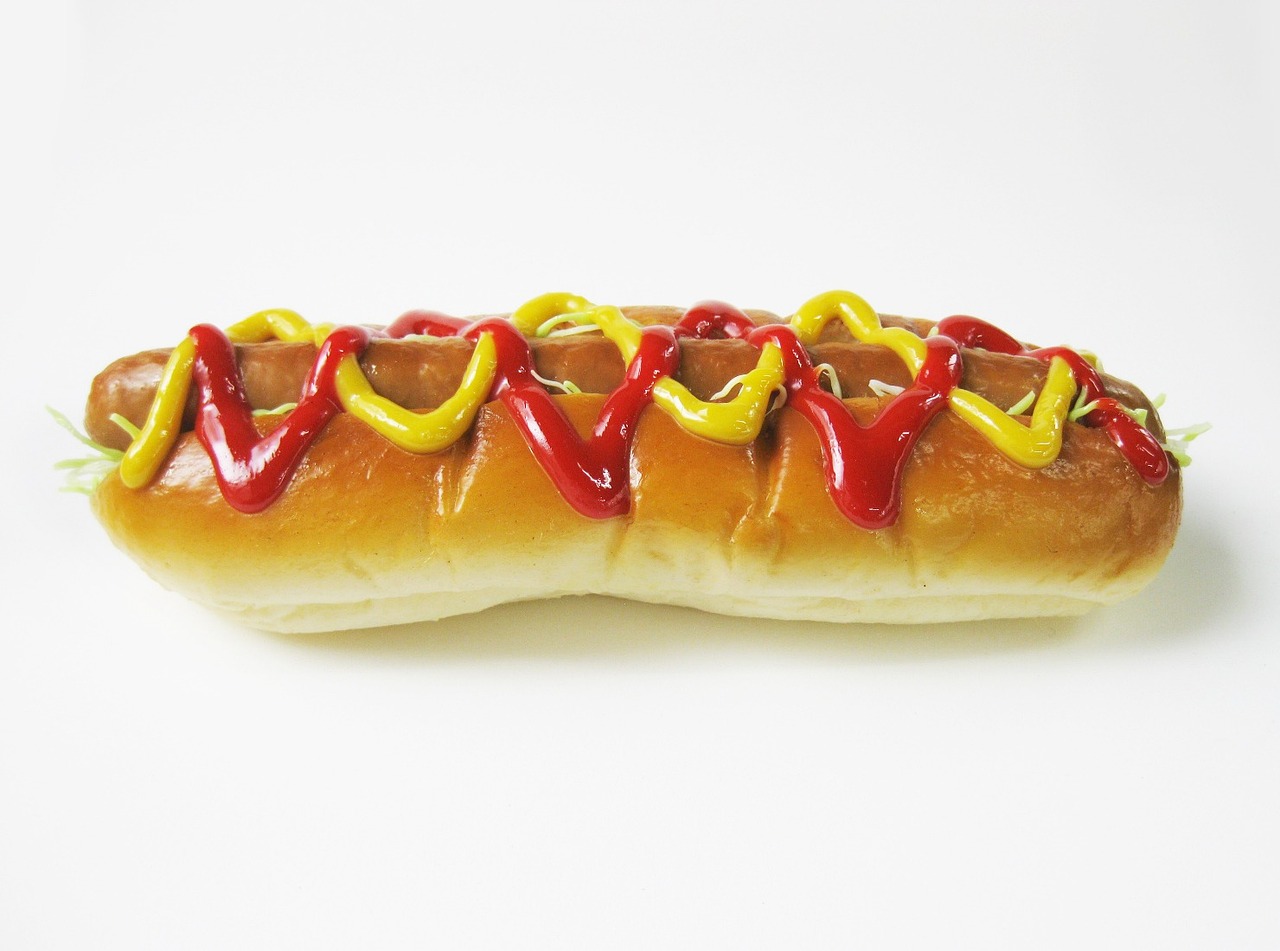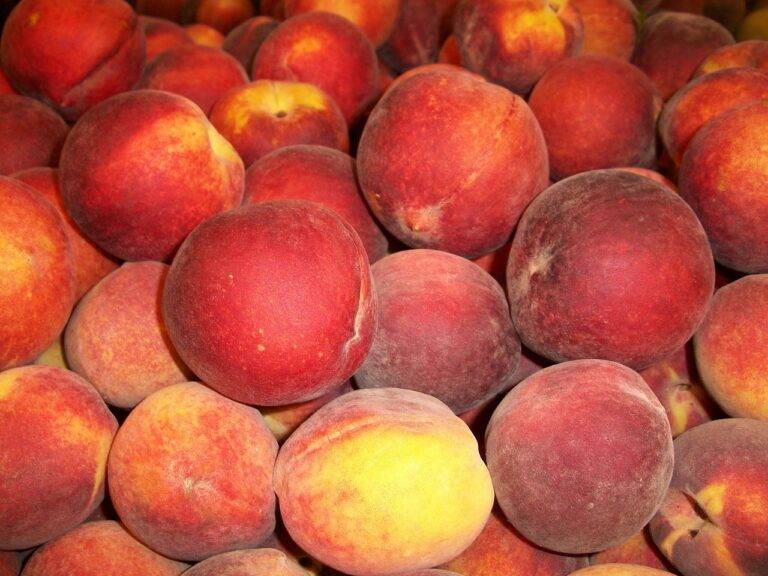The Evolution of Food Packaging: From Plastic to Plant-Based Alternatives.
As societies have advanced, so too has the evolution of food packaging materials. From the earliest days of using natural resources like leaves and animal skins to contain food, humans have continually innovated new and improved methods for preserving and presenting their food products. The advent of glass and metal packaging in the Industrial Revolution marked a significant shift, offering increased durability and protection for goods.
The 20th century saw the rise of plastic packaging, revolutionizing the industry with its lightweight, versatile, and cost-effective properties. Despite its convenience, concerns have been raised regarding the environmental impact of plastic packaging. This has led to a growing interest in exploring alternative, more sustainable materials that can meet the demands of modern packaging while minimizing harm to the environment.
Impact of Plastic Packaging on the Environment
The widespread use of plastic packaging has raised significant concerns about its detrimental impact on the environment. Plastic materials pose a serious threat to ecosystems as they are non-biodegradable and can persist in the environment for hundreds of years. When not properly disposed of, plastic packaging often ends up in landfills or oceans, contributing to pollution and endangering wildlife.
Moreover, the production of plastic packaging materials requires the extraction and consumption of fossil fuels, contributing to greenhouse gas emissions and climate change. The entire lifecycle of plastic, from production to disposal, has significant environmental repercussions that cannot be overlooked. As consumers become more aware of the environmental consequences of plastic packaging, there is a growing demand for sustainable alternatives that minimize harm to the planet.
What are some alternatives to plastic packaging?
Some alternatives to plastic packaging include glass, metal, paper, and biodegradable materials.
How does plastic packaging impact the environment?
Plastic packaging contributes to pollution, littering, and ocean pollution. It also takes a long time to decompose, leading to long-term environmental problems.
Why is it important to reduce plastic packaging?
Reducing plastic packaging is important to protect the environment, reduce pollution, and preserve natural resources for future generations.
Are there any regulations in place to address the impact of plastic packaging?
Many countries have implemented regulations to reduce the use of plastic packaging, such as bans on single-use plastics and requirements for recyclable materials.
How can individuals reduce their use of plastic packaging?
Individuals can reduce their use of plastic packaging by choosing products with minimal packaging, using reusable containers, and recycling plastic materials.





